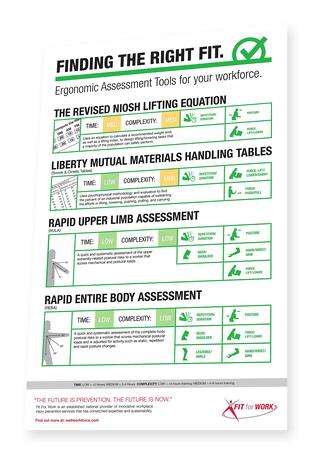With the shifting winds of politics, it’s difficult to predict the direction of government regulatory agencies such as OSHA. But one thing’s for certain: employee health and safety training will continue to expand. OSHA began 2017 with a number of new initiatives, including a “National Safety Stand-Down to Stop Fall Fatalities and Injuries” and an update of their 30-year-old Guidelines for Safety and Health Programs. The “Safety Stand-Down” is an annual event that was held on May 8–12. It was “created to raise fall hazard awareness across the country in an effort to stop fall fatalities and injuries. The Safety Stand-Down is a voluntary event designed for employers to talk to employees about safety.” OSHA states any employer can hold a stand-down by taking a break to focus on “fall hazards” and reinforcing the importance of fall prevention. The agency partnered the event with the National Institute for Occupational Safety and Health, the National Occupational Research Agenda, National Safety Council, and others. OSHA’s updated guidelines (“A Safe Workplace Is Sound Business”) include new Recommended Practices that “present a step-by-step approach to implementing a safety and health program, built around seven core elements that make up a successful program:
- Management leadership
- Worker participation
- Hazard identification and assessment
- Hazard prevention and control
- Education and training
- Program evaluation and improvement
- Communication and coordination
- That fifth element, education and training, will become more important as legal, regulatory, and technology changes sweep through the business landscape.
Effective training is required by OSHA in all industries, but it doesn’t have to be lengthy, time-consuming, or expensive. Effective training has more value to employers than simple compliance with the law, and should seek to improve knowledge and skills and reinforce desired behaviors.





